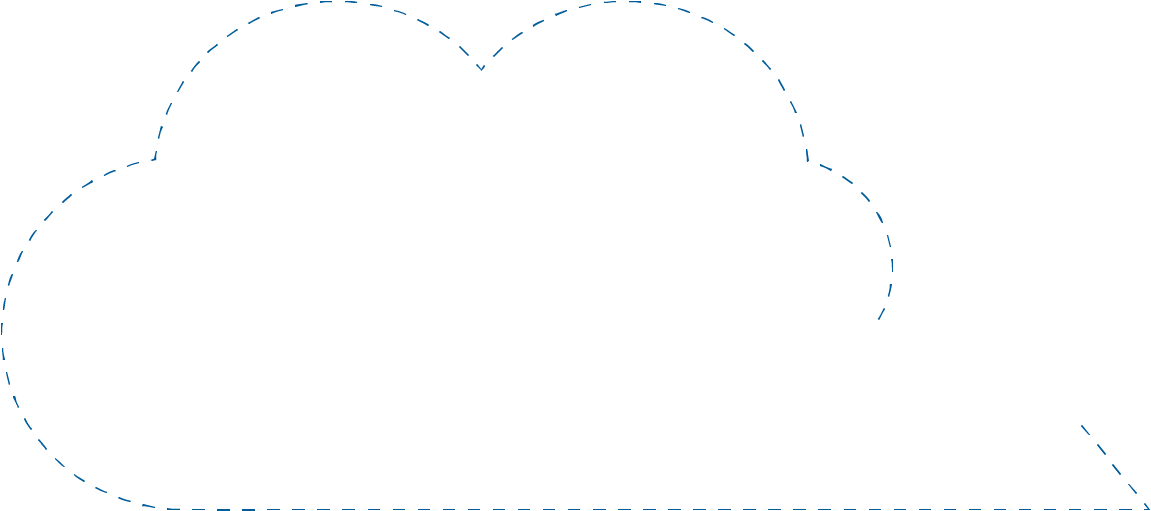

Tổng quan khoá học
Khóa học cung cấp kiến thức cho học viên biết cách xây dựng và quản lý cơ sở hạ tầng trên Google Cloud. Từ đó, học viên biết cách phân tích, đưa ra giải pháp tối ưu hóa hệ thống của doanh nghiệp trên Google Cloud để đảm bảo tính bảo mật và hiệu quả khi triển khai trên Google Cloud. Qua đó, học viên có đầy đủ kiến thức và kỹ năng thi lấy chứng chỉ Professional Cloud Architect
Thời gian: 20 giờ
Đối tượng học viên

- Bạn đang làm việc ở vị trí Cloud Solutions Architects, Site Reliability Engineers, Systems Operations, DevOps Engineers, IT managers.
- Bạn đang sử dụng Google Cloud muốn tạo ra giải pháp mới hoặc tích hợp hệ thống, môi trường ứng dụng và cơ sở hạ tầng với Google Cloud
Yêu cầu học viên
- Đã có kinh nghiệm triển khai, vận hành, quản lý ứng dụng trên Google Cloud hoặc kiến thức ở mức độ Associate Cloud Engineer
- Có kiến thức cơ bản về công cụ command - line
- Hiểu biết về Linux và Window
mục tiêu khoá học
Sau khi học xong khóa học, học viên sẽ nắm được các kiến thức như sau:
- Xác định yêu cầu ứng dụng và thể hiện chúng dưới dạng KPI, SLO, SLI
- Phân tách yêu cầu ứng dụng để tìm ra chính xác microservices boundaries
- Tận dụng công cụ Google Cloud để thiết lập và triển khai pipeline một cách tối ưu và tự động hóa
- Lựa chọn dịch vụ Google Cloud Storage phù hợp với yêu cầu ứng dụng
- Kiến trúc Cloud và hybrid networks
- Triển khai các ứng dụng đáng tin cậy, có thể mở rộng, có khả năng phục hồi cân bằng giữa hiệu suất với chi phí
- Lựa chọn chính xác dịch vụ Google Cloud cho ứng dụng đảm bảo bảo mật ứng dụng, dữ liệu và hạ tầng
- Giám sát các mục tiêu và chi phí sử dụng bằng công cụ Stackdriver


Nội dung khoá học
01
Defining the Service
Describe users in terms of roles and personas.
Write qualitative requirements with user stories.
Write quantitative requirements using key performance indicators (KPIs).
Evaluate KPIs using SLOs and SLIs.
Determine the quality of application requirements using SMART criteria.
02
Microservice Design and Architecturet
Decompose monolithic applications into microservices.
Recognize appropriate microservice boundaries.
Architect stateful and stateless services to optimize scalability and reliability.
Implement services using 12-factor best practices.
Build loosely coupled services by implementing a well-designed REST architecture.
Design consistent, standard RESTful service APIs.
03
DevOps Automation
Automate service deployment using CI/CD pipelines.
Leverage Cloud Source Repositories for source and version control.
Automate builds with Cloud Build and build triggers.
Manage container images with Google Container Registry.
Create infrastructure with code using Deployment Manager and Terraform.
04
Choosing Storage Solutions
Choose the appropriate Google Cloud data storage service based on use case, durability, availability, scalability and cost.
Store binary data with Cloud Storage.
Store relational data using Cloud SQL and Spanner.
Store NoSQL data using Firestore and Cloud Bigtable.
Cache data for fast access using Memorystore.
Build a data warehouse using BigQuery.
05
Google Cloud and Hybrid Network Architecturen
Design VPC networks to optimize for cost, security, and performance.
Configure global and regional load balancers to provide access to services.
Leverage Cloud CDN to provide lower latency and decrease network egress.
Evaluate network architecture using the Cloud Network Intelligence Center.
Connect networks using peering and VPNs.
Create hybrid networks between Google Cloud and on-premises data centers using Cloud Interconnect.
06
Deploying Applications to Google Cloud
Choose the appropriate Google Cloud deployment service for your applications.
Configure scalable, resilient infrastructure using Instance Templates and Groups.
Orchestrate microservice deployments using Kubernetes and GKE.
Leverage App Engine for a completely automated platform as a service (PaaS).
Create serverless applications using Cloud Functions.
07
Designing Reliable Systems
Design services to meet requirements for availability, durability, and scalability.
Implement fault-tolerant systems by avoiding single points of failure, correlated failures, and cascading failures.
Avoid overload failures with the circuit breaker and truncated exponential backoff design patterns.
Design resilient data storage with lazy deletion.
Analyze disaster scenarios and plan for disaster recovery using cost/risk analysis.
08
Security
Design secure systems using best practices like separation of concerns, principle of least privilege, and regular audits.
Leverage Cloud Security Command Center to help identify vulnerabilities.
Avoid overload failures with the circuit breaker and truncated exponential backoff design patterns.
Simplify cloud governance using organizational policies and folders.
Secure people using IAM roles, Identity-Aware Proxy, and Identity Platform.
Manage the access and authorization of resources by machines and processes using service accounts.
Secure networks with private IPs, firewalls, and Private Google Access.
Mitigate DDoS attacks by leveraging Cloud DNS and Cloud Armor.
09
Maintenance and Monitoring
Manage new service versions using rolling updates, blue/green deployments, and canary releases.
Forecast, monitor, and optimize service cost using the Google Cloud pricing calculator and billing reports and by analyzing billing data.
Observe whether your services are meeting their SLOs using Cloud Monitoring and Dashboards.
Use Uptime Checks to determine service availability.
Respond to service outages using Cloud Monitoring Alerts.
10
Summary and trial exam
Học cùng các
chuyên gia Goole Cloud








Cảm nghĩ học viên
Cloud Ace Training
đem đến những trải nghiệm tuyệt vời cho học viên


Trần Tuấn Anh
IT

Nguyễn Ngọc Minh Thy
Data Engineer

Trương Quốc Thắng
Data Engineer

Phạm Văn Hùng
IT

Dương Minh Phương
Engineer

Đăng ký ngay để trở thành
" Chuyên gia Google Cloud "



